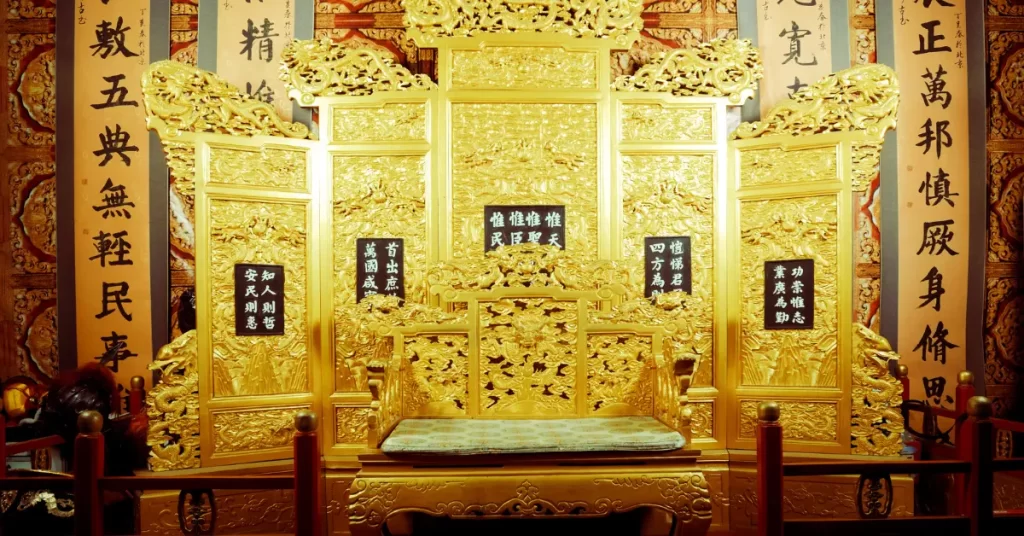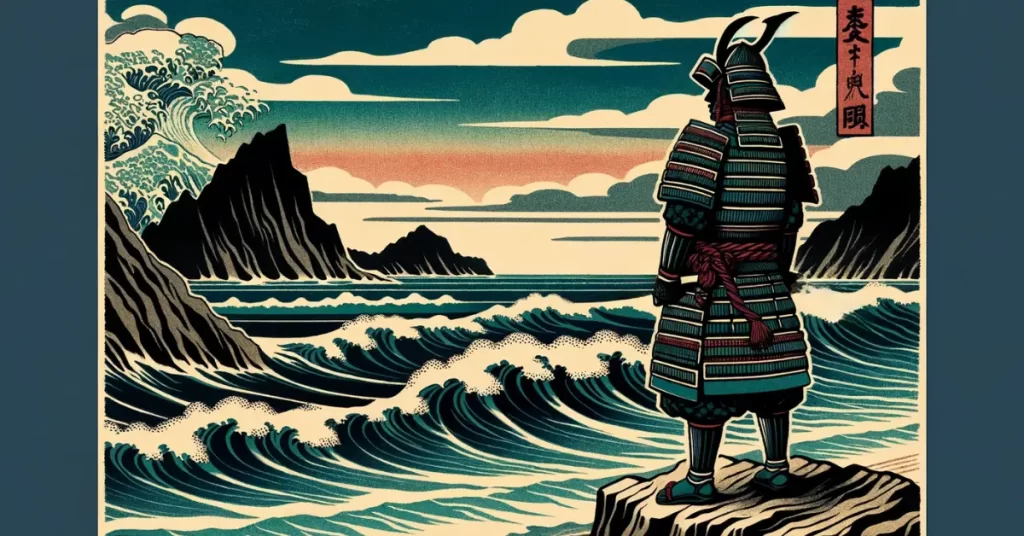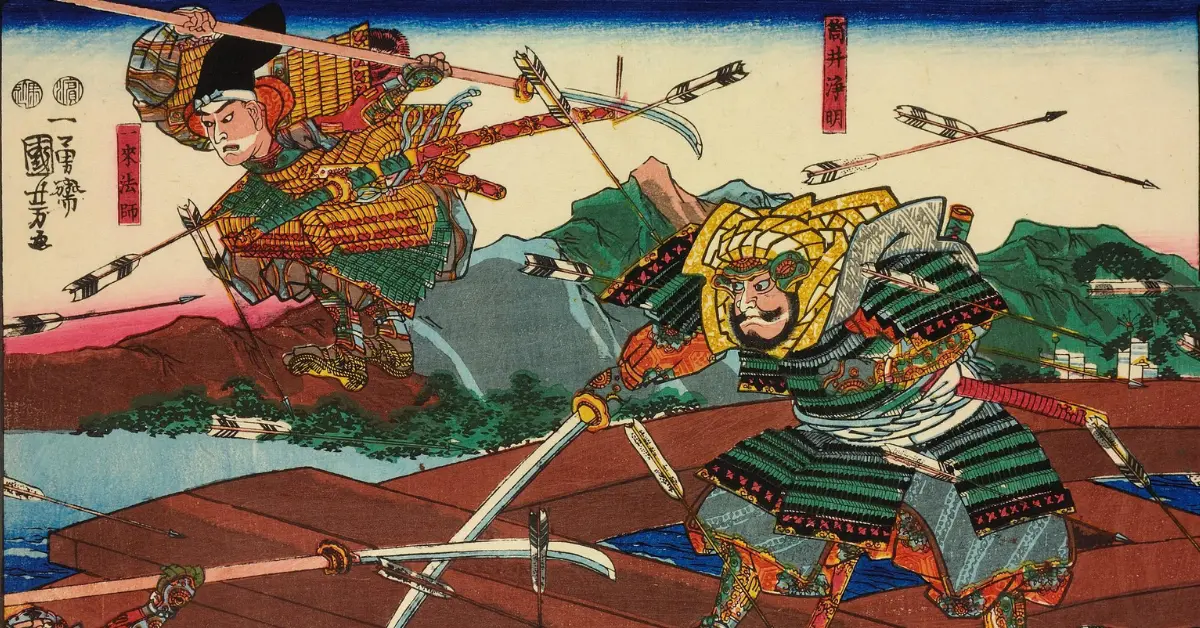The Shōchū Incident in 1324 was a failed coup by Emperor Go-Daigo against the Kamakura shogunate. It resulted in the punishment of key conspirators, including Hino Suketomo, who was exiled. Go-Daigo, however, got away with little repercussions.
Read on to learn more about how the plot came about and how it was discovered.
Key Takeaways
- The Shōchū Incident was a failed coup attempt by Emperor Go-Daigo against the Kamakura shogunate in 1324.
- Premature exposure of the plot led to the arrest and punishment of key conspirators.
- The incident heightened tensions between the imperial court and the shogunate.
- It set the stage for the Genkō War, ultimately leading to the Kamakura shogunate’s downfall.
Go-Daigo’s Vision to Restore Imperial Rule
Emperor Go-Daigo ascended the throne in 1321, succeeding his father, Emperor Go-Uda. Determined to restore imperial rule, Go-Daigo challenged the authority of the Kamakura shogunate, led by the Hōjō clan.
His aspirations were fueled by his education in Confucian classics and the Chinese model of dynastic cycles, which emphasized the direct rule of emperors. Unlike Japan’s dual polity system, where emperors reigned but shoguns ruled, the Chinese system appealed to Go-Daigo, who envisioned a similar regime in Japan, receiving a ‘mandate of heaven.’

Mobilizing Against the Kamakura Shogunate
As the political climate in Kyoto became increasingly tense, Go-Daigo surrounded himself with loyal ministers like Kitabatake Chikafusa, who held their positions based on merit rather than hereditary power.
His collaborators, Hino Suketomo and Hino Tohimoto, started an anti-bakufu movement and rallied various groups who were dissatisfied with the Kamakura Shogunate’s governance. Sympathizers included warriors from the Toki family and akutō (outlaws) from local and neighboring provinces.

An Exposed Plan Leading to a Failed Coup
However, on September 19th, the plan to overthrow the shogunate was exposed to the Rokuhara Tandai, an agency overseeing security and judicial affairs. Toki Yorikazu, from a branch of the Toki family, had inadvertently reported the plot to his father-in-law, Saitō Toshiyuki, an officer of the Rokuhara Tandai.
The repercussions of the failed coup were immediate and severe. Key conspirators, Tajima Kuninaga and Toki Yoriari, facing capture, chose to commit suicide rather than be taken by the shogunate forces. The investigation by the Rokuhara Tandai further implicated the imperial court.
Suketomo and Toshimoto were arrested and taken to Kamakura. Suketomo faced exile to Sado Island, a fate that marked a significant downturn in his political career. Toshimoto, however, was pardoned but confined upon his return to Kyoto.
In a desperate bid to distance himself from the failed coup, Emperor Go-Daigo sent Madenokoji Nobufusa to Kamakura with a letter of explanation, denying any involvement in the incident. This strategic move spared him from immediate punishment, but did little to alleviate the tensions between the imperial court and the shogunate.

Paving the Way for Future Conflicts
The Shōchū Incident, though unsuccessful, only strengthened Emperor Go-Daigo’s resolve and set the stage for further conflicts with the Kamakura shogunate. The incident also paved the way for the Genkō War (1331-1333), a national war between the Kamakura shogunate and the imperial court which ended with the shogunate’s fall.
Frequently Asked Questions
What was the Shōchū Incident about?
The Shōchū Incident was a failed attempt by Emperor Go-Daigo to overthrow the Kamakura shogunate in 1324.
How did the Shōchū Incident end?
The incident ended with the plot being exposed. This led to the arrest and punishment of conspirators, including the exile of Hino Suketomo to Sado Island.
Further Readings
- A Concise History of Japan by Brett L. Walker
- The Cambridge History of Japan: Volume 3 (Medieval Japan)


